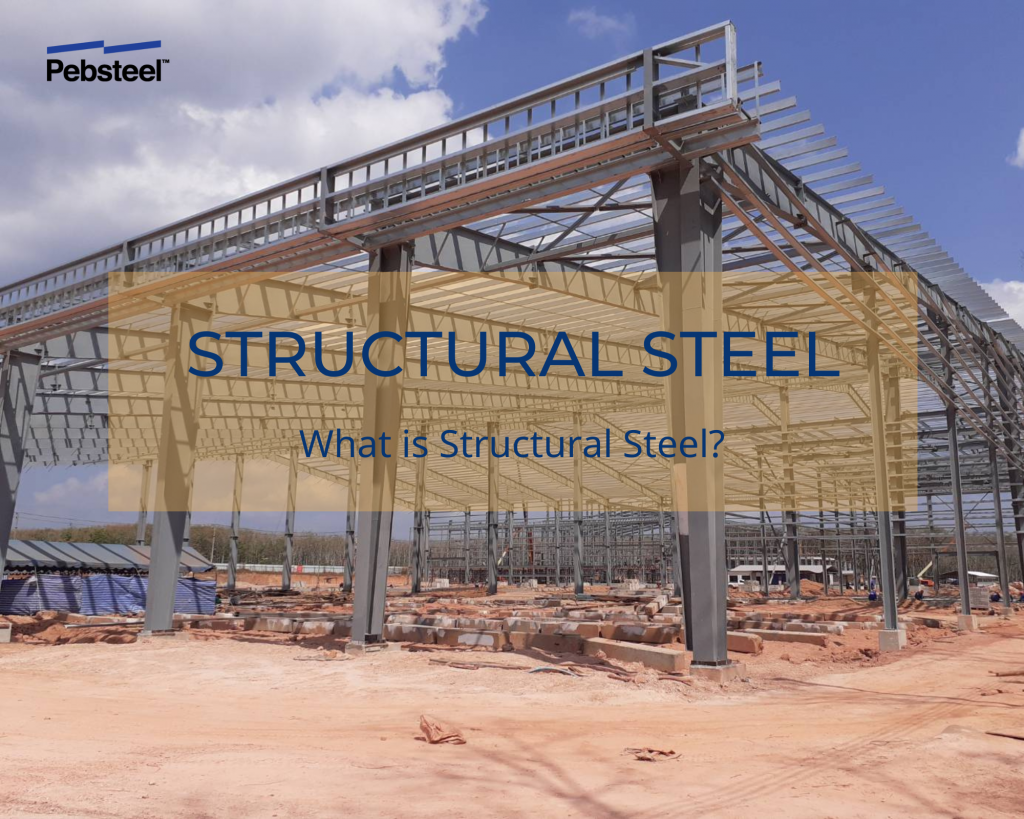
Structural steel is increasingly used in prefabricated steel frame buildings and constructed traditionally with outstanding advantages such as diverse shapes, types, and sizes to meet many requirements of use, easy to fabricate, and abundant product sources in the market. Join Pebsteel to learn and classify steel shapes, types, and practical applications of this construction material type.

Structural steel is a type of steel used as a construction material in various shapes. These shapes are often designed with specific cross-sectional profiles resembling elongated beams. Structural steel is designed with the shape and size according to the specifications suitable for different projects in buildings, roads, bridges, etc. Some methods of fabricating this type of material are hot rolling, cold rolling, complex welding, bending, etc. Read more: Pre-engineered Steel Buildings: Components And Applications
There are multiple varieties of structural steel, each designed for specific applications. Structural steel comes in various shapes and grades, chosen based on the project’s requirements. The classification of structural steels is determined by the shape of their cross-sections, with commonly used figures including I, T, and C shapes. Additionally, the mechanical properties of the steel are directly influenced by its grade. Consequently, selecting different degrees of structural steel is essential to meet diverse design criteria. Read more: What Is Structural Steel Welding? Definition And Methods Here are the popular and standard structural steel materials types:
Carbon steel is mostly used in structural pipes and tubing. Carbon steel is a versatile and affordable material that is used in a wide variety of applications. However, it is important to note that carbon steel is susceptible to corrosion, so protecting it from the elements is important.
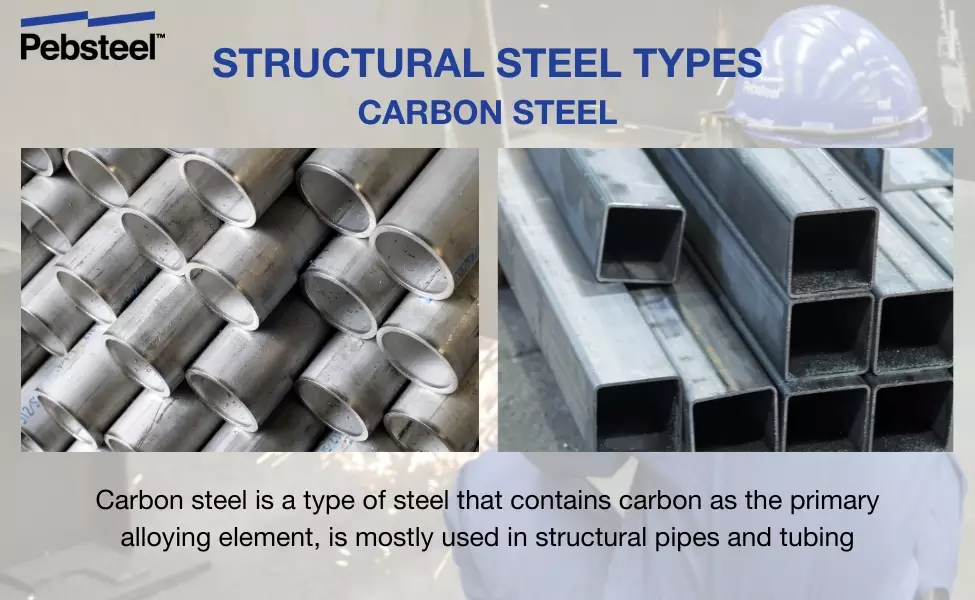 the common structural steel" width="975" height="600" />
the common structural steel" width="975" height="600" />
High-strength low-alloy (HSLA) steel is a type of alloy steel that provides better mechanical properties or greater resistance to corrosion than carbon steel. High-strength low-alloy steels vary from other steels in that they are not made to meet a specific chemical composition but rather specific mechanical properties.
HSLA steels are typically made with low levels of alloying elements, such as manganese (up to 2%), vanadium, titanium, molybdenum, or boron. These elements can be added singly or in combinations to achieve the desired properties.
Overall, High-strength low-alloy steels are more corrosion-resistant than carbon steel, particularly atmospheric corrosion. It is mostly used in structural shapes and plates.
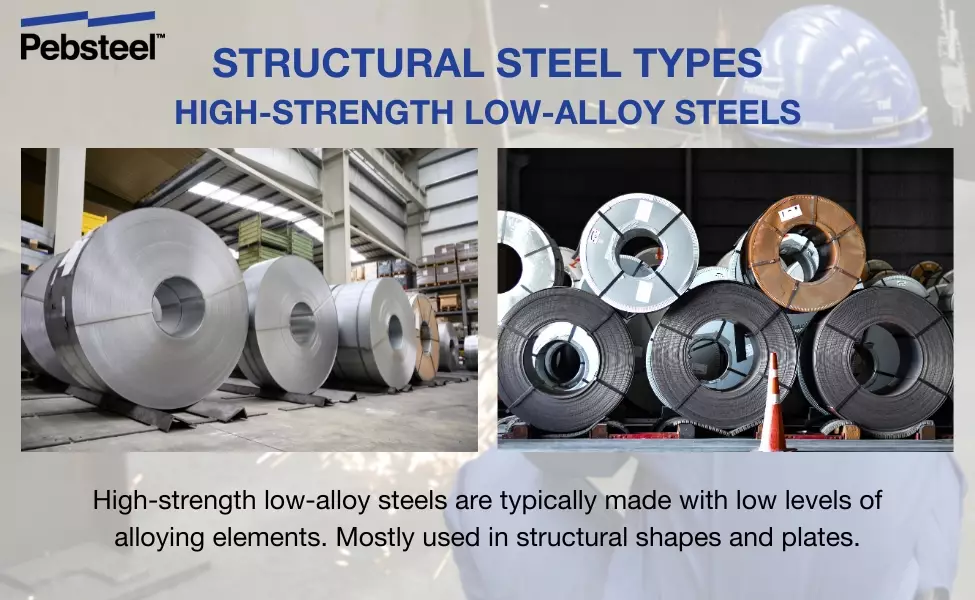
Forged steel is a type of steel that has been shaped by hammering or pressing it into a desired shape. This process is called forging. Forged steel is typically stronger and more durable than other types of steel, such as cast steel or rolled steel.
Forging is accomplished by heating the steel to a high temperature and applying pressure. It applies mechanical and thermal energy to steel ingots or billets. The pressure causes the steel to deform and flow into the desired shape. Forged steel is often used to produce gears, bearings, shafts, hinges, valves, and other components.
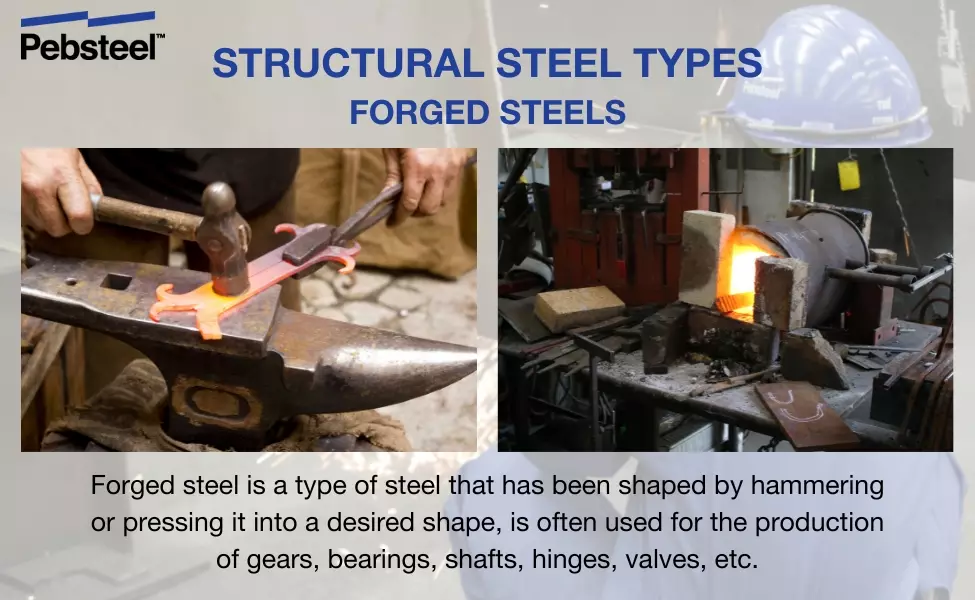
Quenched and tempered alloy steels are a type of steel subjected to a heat treatment process. This process gives the steel increased strength, hardness, and toughness.
Quenched and tempered alloy steels are commonly used in construction buildings, as well as for shafts and bolts, and in the mining industry.
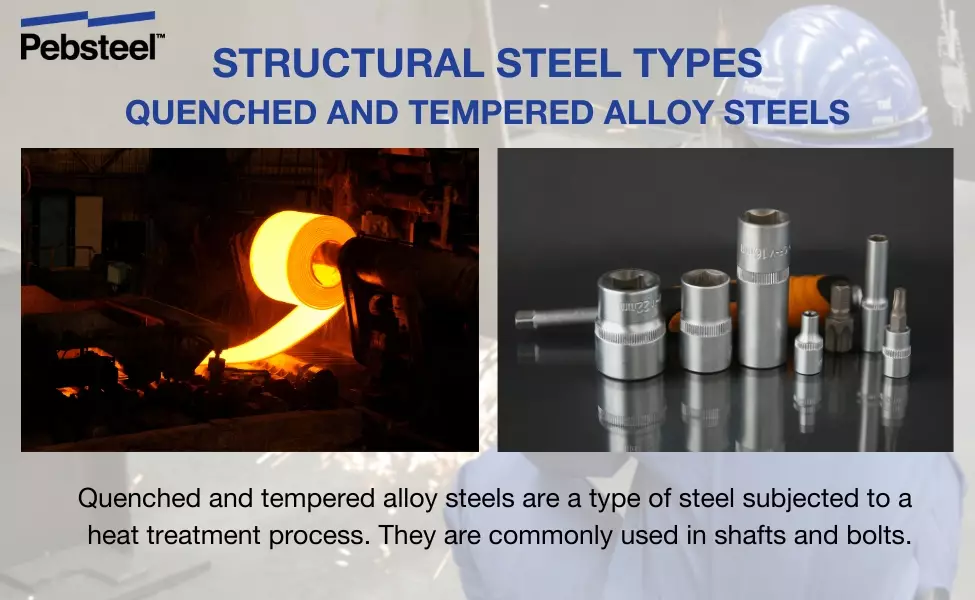
Structural steel shapes are defined by many standards worldwide, including angles, tolerances, dimensions, and cross-sectional measurements. These standards also name the different steel shapes. Many sections are formed by hot or cold rolling, while others are made by welding together flat or bent plates.
Here are standard common structural steel shapes:
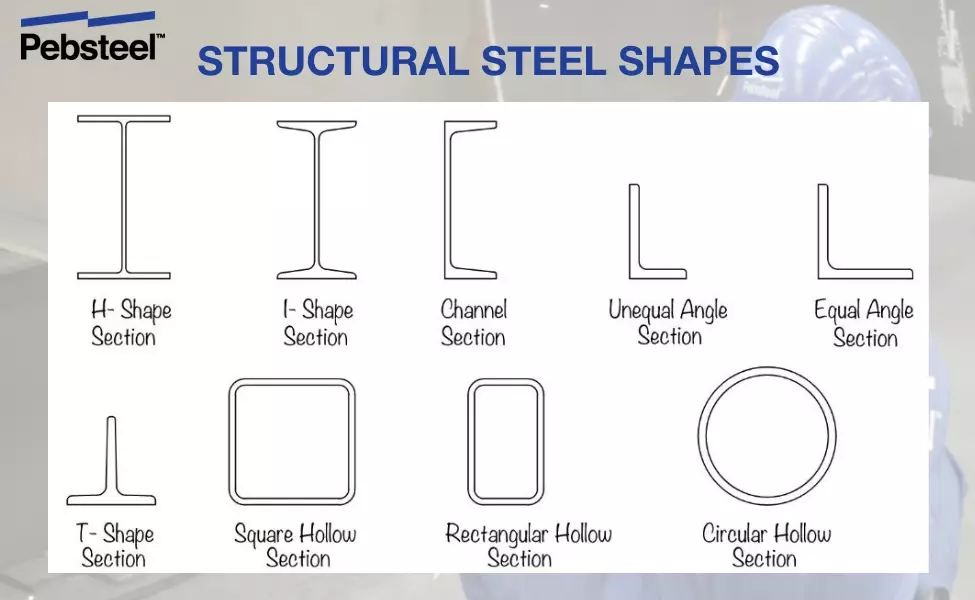
| Advantages | Disadvantages |
|---|---|
| Higher strength/weight ratio | Susceptible to corrosion |
| High durability | High fire resistance cost |
| Versatility due to good ductility | |
| Sustainability |
Structural steel has a very high strength-to-weight ratio, which is very strong for its weight. This is one of its main advantages over other construction materials, such as wood and concrete.
Structural steel is a highly durable material that can withstand decades of use in even the harshest environments. The high durability of structural steel makes it ideal for use in applications where long-term performance and reliability are critical. For example, structural steel is used to construct bridges, buildings, and other structures expected to last for many decades.
Structural steel is a highly versatile material due to its good ductility. Structural steel is very ductile, which means that it can be bent and shaped into a variety of different forms. This makes it ideal for use in a wide range of constructions.
Structural steel is a sustainable material that can be recycled repeatedly. In fact, steel is one of the most recycled materials in the world. In 2021, the steel industry recycled 1.6 billion tons of scrap, equivalent to 74% of the steel produced that year.
Recycling steel has many environmental and economic benefits. It reduces the need to mine and process new iron ore, which saves energy and reduces greenhouse gas emissions. It also helps to conserve landfill space.
By carefully considering the disadvantages of structural steel and taking steps to mitigate them, engineers and architects can complete design and construct safe, durable, and aesthetically pleasing structural steel structures.
Structural steel is typically used in a variety of applications, including:
Structural steel is a versatile and durable material that is essential for modern construction. It is strong, lightweight, and relatively inexpensive, making it an ideal choice for a wide variety of applications.
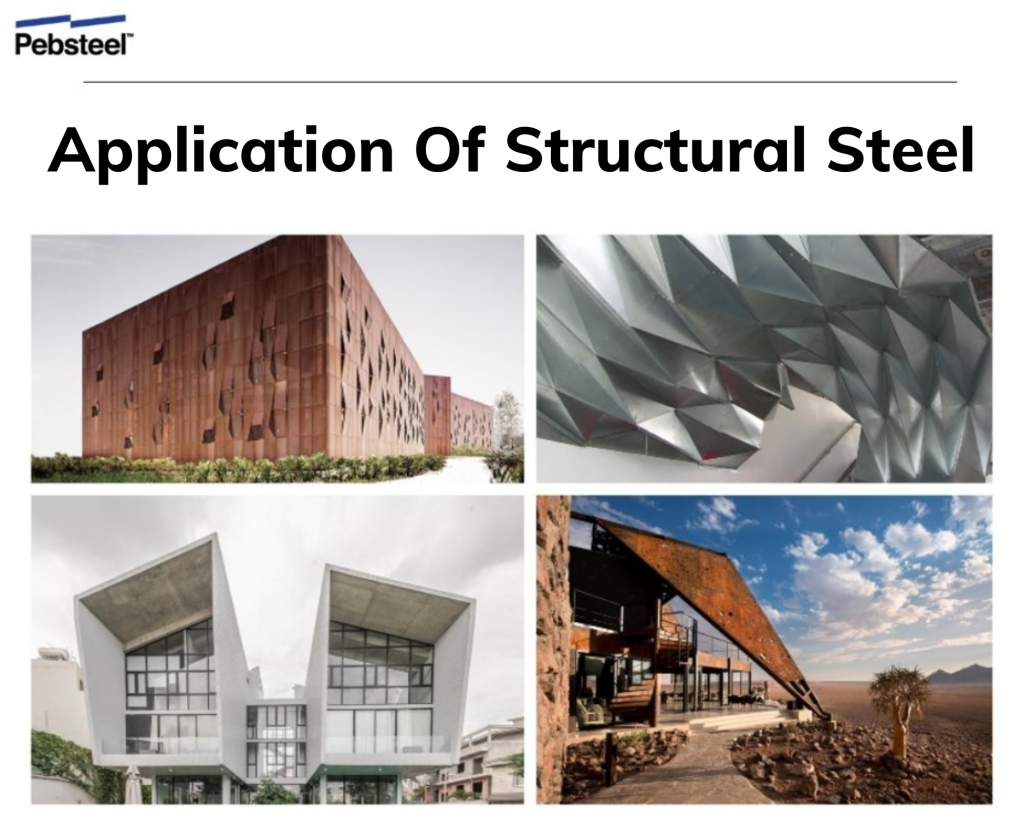
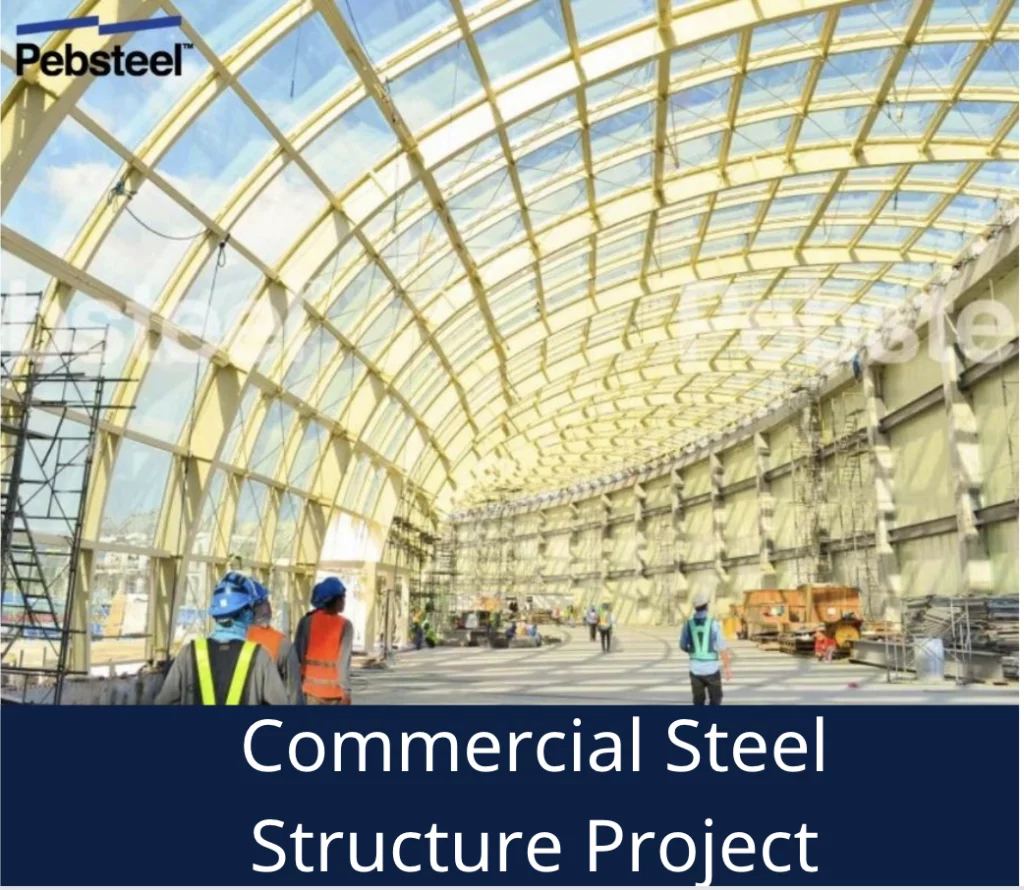
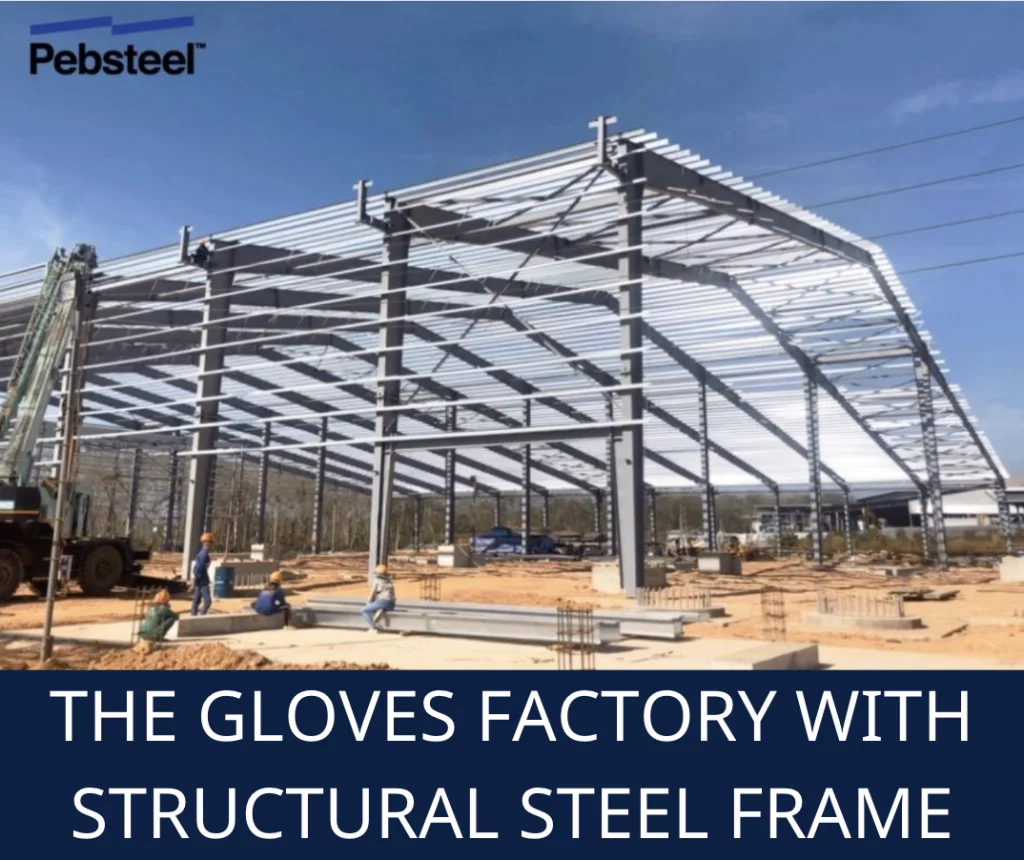
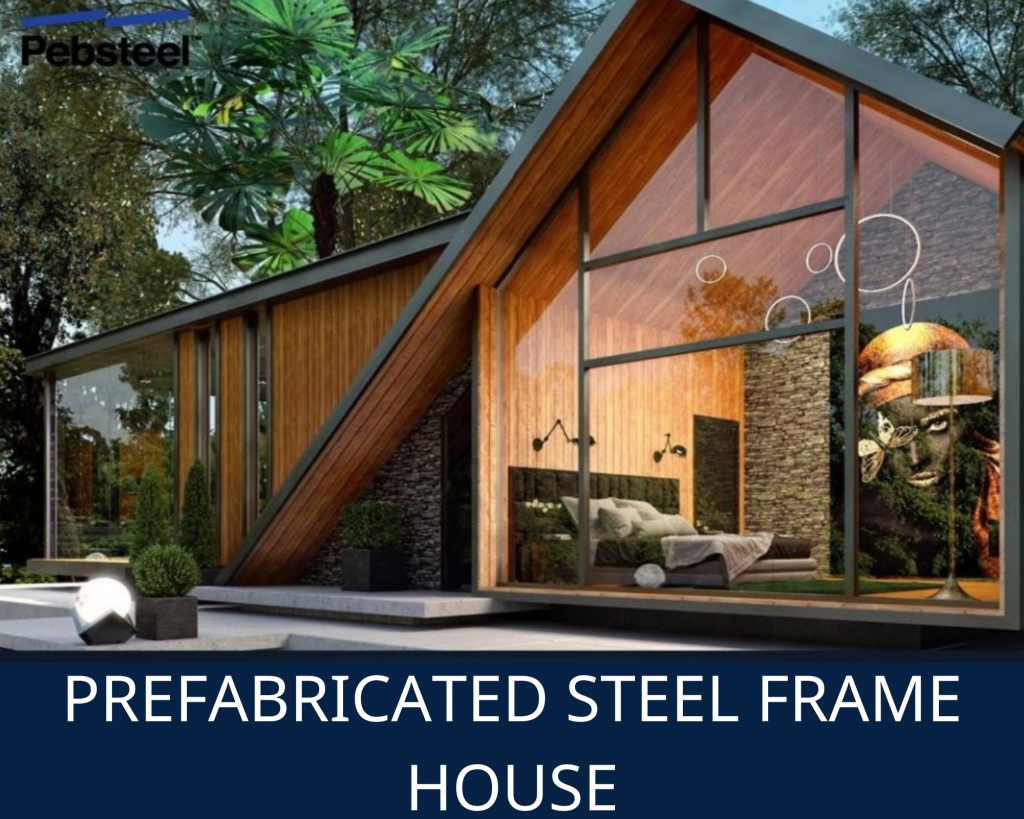
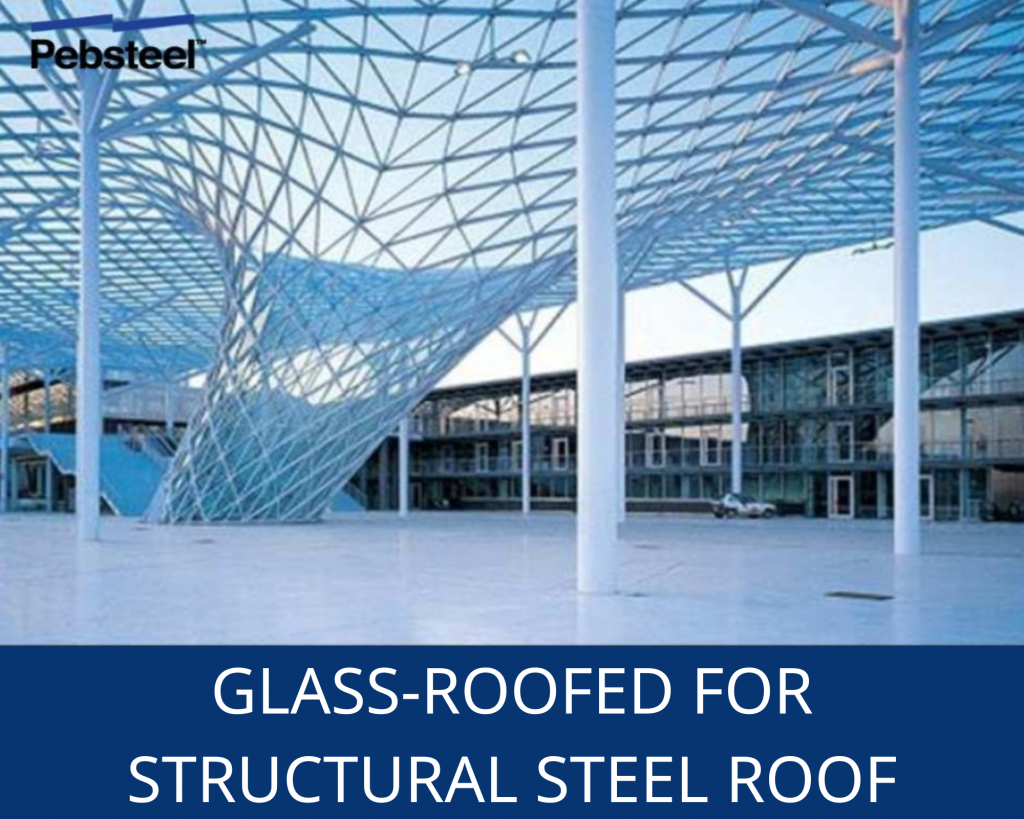
In addition, structural steel is also used to make transceiver columns, antenna columns, railways, storage tanks,…
The above article has provided customers with the necessary information about structural steel. If you have any questions about the article, please get in touch with us at the following email: [email protected] or phone number +84 908 883531 for the fastest assistance.
Pebsteel is a global enterprise specializing in providing solutions for prefabricated steel buildings and steel structures. During its operation, the company has carried out more than 6000 different projects in many countries such as Vietnam, Thailand, Laos,… Therefore, Pebsteel is always committed to providing customers with comprehensive, professional service throughout the project and maintaining customer support. Some standard services in Pebsteel that customers can refer to are the construction of prefabricated buildings with high-standard contract systems, providing corrugated steel roof systems, and high-end construction accessories.
If you want to receive a quote, don’t hesitate to get in touch with +84 908 883531 for free advice.



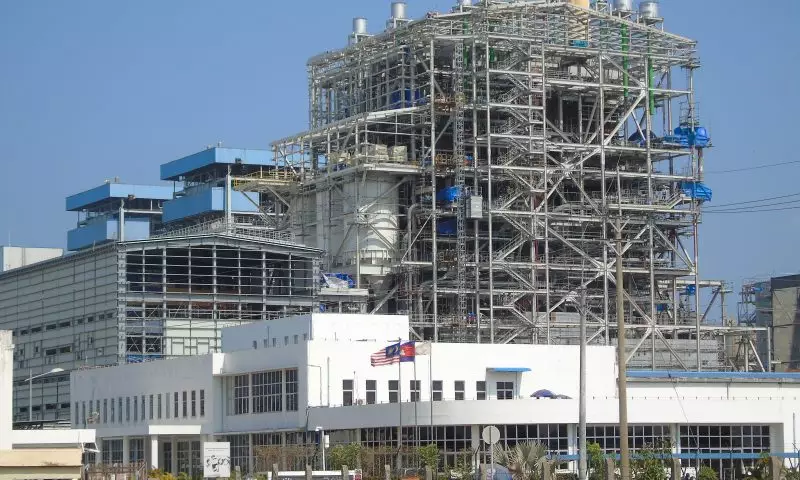
A single steel foundation structure is a crucial element in the construction industry, playing a key role in ensuring.
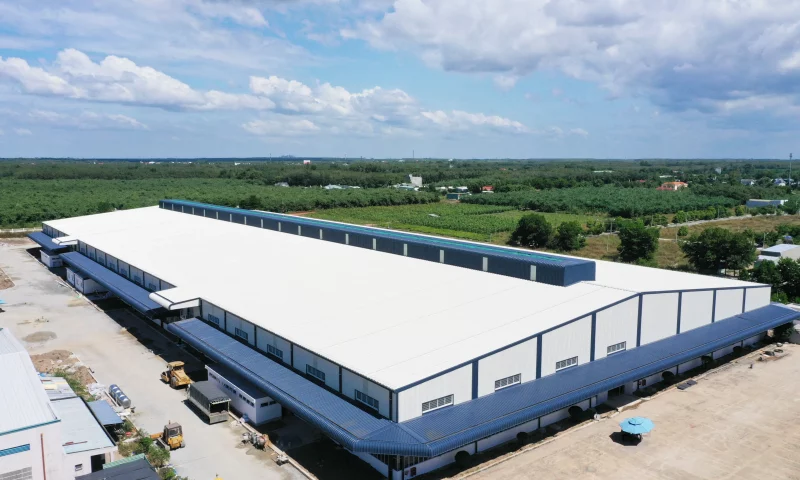
1. Understanding the Trend of Sustainable Steel Construction Sustainability is an essential factor in modern construction, particularly for pre-engineered.
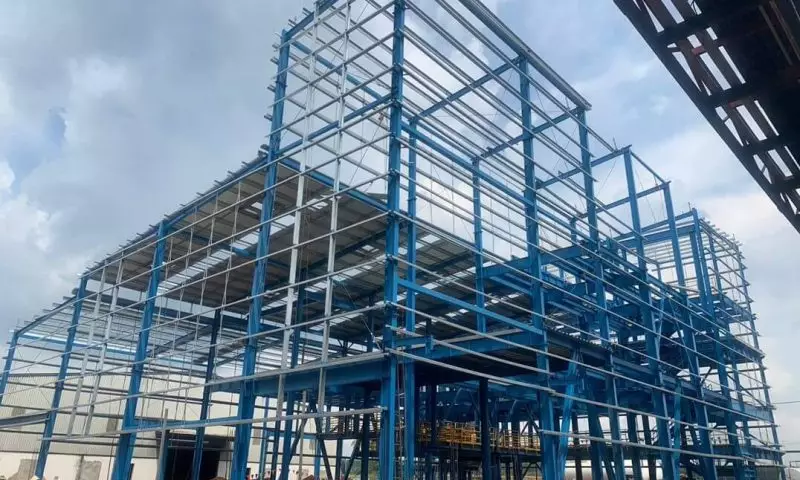
In the construction industry, protecting structural steel from corrosion is crucial. One of the most effective measures is the.
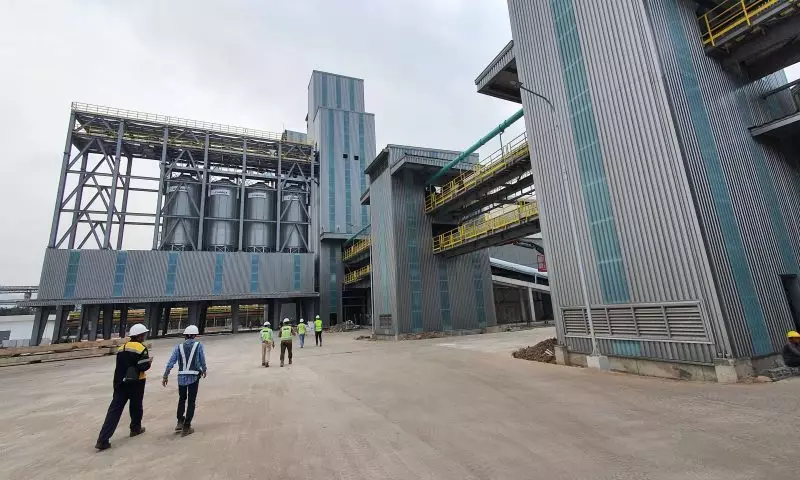
Discover key factors to consider when selecting steel structure contractors. Learn about expertise, quality assurance, and project management for.
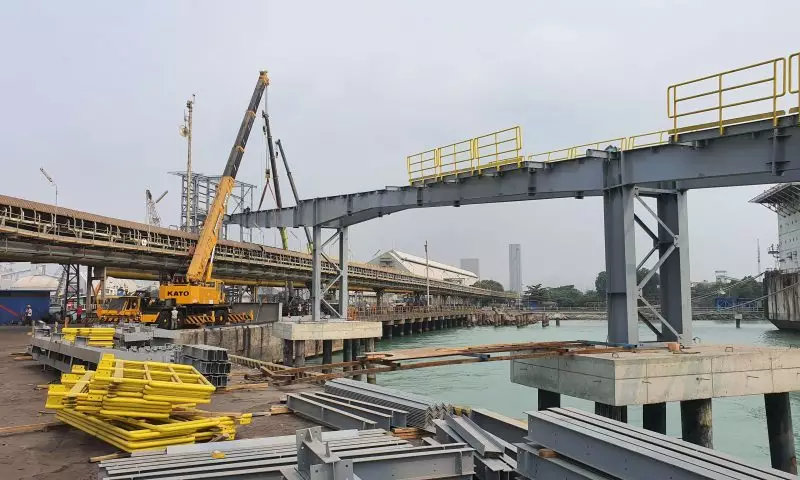
Quality management in steel structure construction is crucial for ensuring the safe and efficient dismantling of industrial warehouses and.
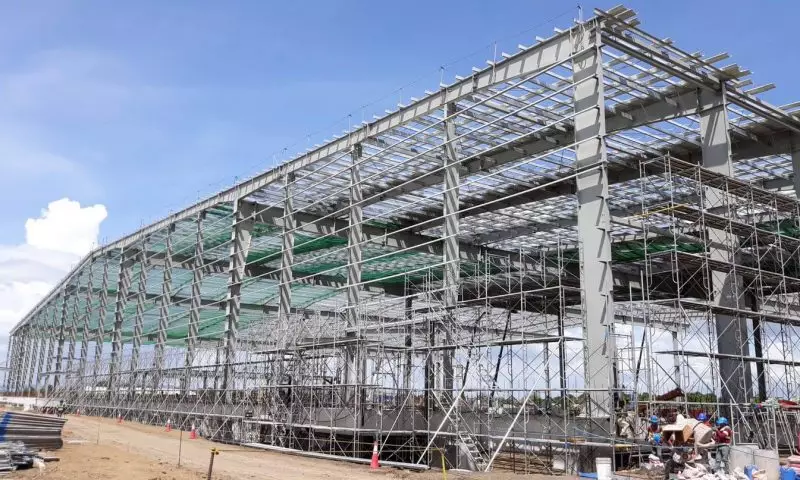
Steel structures play a crucial role in modern construction due to their high durability, excellent load-bearing capacity, and flexibility.